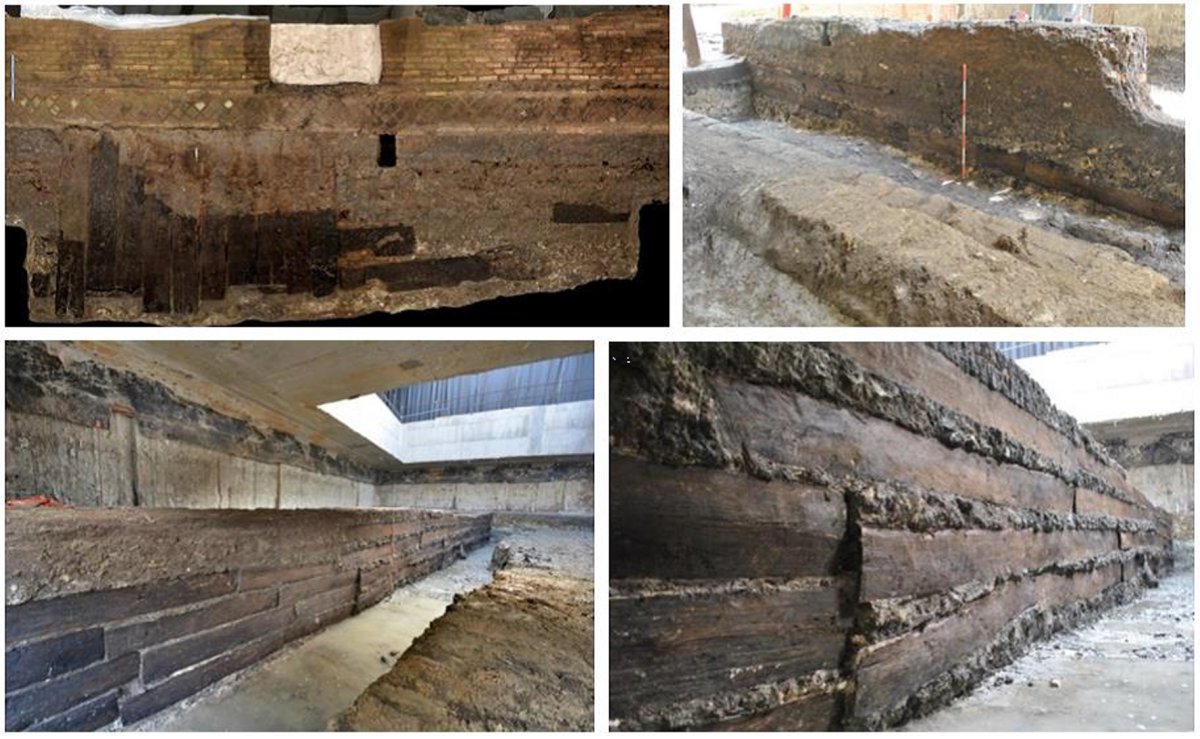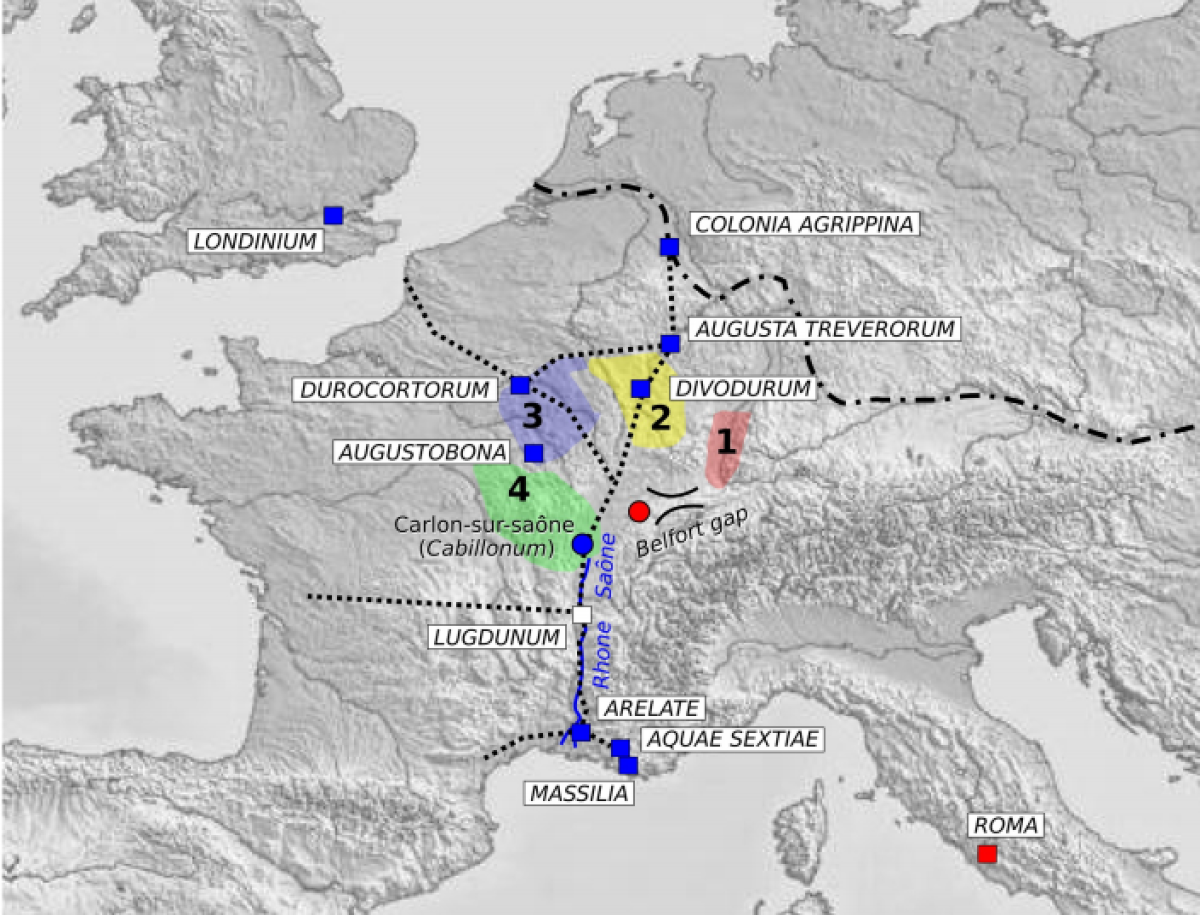An ancient Roman villa with a portico built from wood imported over 1,000 miles away has been discovered under the Italian city. Finding well-preserved ancient wood is rare as it degrades and is rarely in good enough condition to analyze—so discovering timber at the site has allowed researchers to better understand the trading routes that existed 2,000 years ago.
The site was found between 2014 and 2016 during an archaeological excavation while construction took place on the Rome Metro. Researchers uncovered a villa and portico that once stood in the gardens of Via Sannio. "The portico was part of a rich Roman villa," Mauro BernabeiI, from the National Research Council, Italy, told Newsweek. "There were mosaics and columns and, as always happens in Rome, many different layers of buildings and constructions."
Bernabeil and his team were interested in studying 24 oak timber planks that were found at the site. Initially, they had just hoped to identify the tree species and potentially how old they were through tree-ring dating, he explained. However, while comparing their tree ring sequences to those from other European references, they realized they were able to find the exact location of where the trees had come from—the Jura mountains in eastern France, over 1,000 miles from Rome. They also found they were cut down between 40 and 60 AD. Findings are published in PLOS One.
"We were extremely excited...when we discovered the origin of the timber. [We were] very, very surprised. This long transportation [of timber] was not known," Bernabeil said. He added that the wood would have had to be moved over land by animals, then across both the Saone and Rhone rivers, then transported across the Mediterranean Sea until reaching the Tiber River and arriving in the center of Rome.

The construction practices of the ancient Romans are of huge interest. For example, there has been much research into how they used concrete, in which they used volcanic ash to prevent cracking. Their advanced building techniques are why many structures, including the Pantheon and the Colosseum, have survived for so long.
Understanding where wood used for building the city would help researchers understand this vast empire's economy, its trade routes and structure.

Finding that timber used to build a villa in Rome came from so far away shows the huge logistical and administrative efforts that would have been made to get high-quality construction products for buildings in the capital. "Considering the distances, calculated to be over 1700 km [1056 miles], the timber's dimensions, road transport with all the possible obstacles along the way, floating the timber down rivers and finally shipping it across the sea, the logistic organization of the Romans must have been formidable," they said.
Considering the planks were used in the foundations of the portico, rather than being transported for aesthetic purposes, the researchers say the effort is even more surprising.
Bernabeil added: "I hope that this research opens new perspectives to the study of wood in archaeology, in Rome in particular, where the richness of remains left the wood as a neglected material of secondary importance."
Uncommon Knowledge
Newsweek is committed to challenging conventional wisdom and finding connections in the search for common ground.
Newsweek is committed to challenging conventional wisdom and finding connections in the search for common ground.
About the writer
Hannah Osborne is Nesweek's Science Editor, based in London, UK. Hannah joined Newsweek in 2017 from IBTimes UK. She is ... Read more
To read how Newsweek uses AI as a newsroom tool, Click here.








